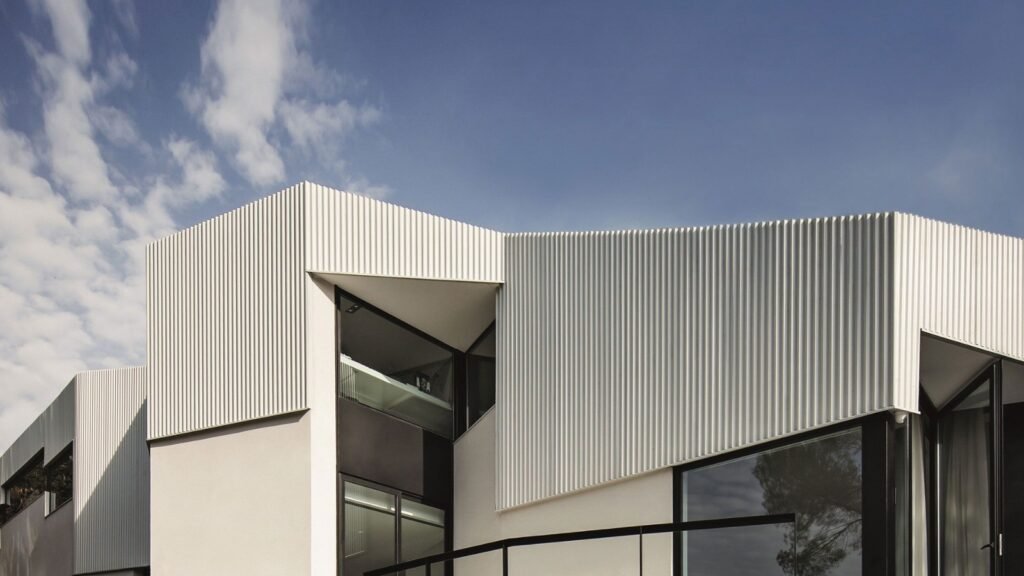
Foam Facade Building Material
In the ever-evolving field of architecture, the quest for innovative materials that combine aesthetic appeal, functionality, and sustainability is paramount. Also, foam facade building materials are emerging as a revolutionary solution, offering a versatile, lightweight, and efficient alternative to traditional construction materials. Also, this article delves into the characteristics, benefits, and applications of foam facade materials in modern architecture.
Foam facade materials, typically made from expanded polystyrene (EPS) or polyurethane (PU), are engineered to provide an effective cladding solution for buildings. These materials are crafted to mimic various traditional finishes for example stone, brick, or stucco, offering the aesthetic flexibility that architects crave without the associated weight and installation complexities.
Key Characteristics of Foam Facade Materials
– Lightweight: Foam materials are significantly lighter than traditional building materials, which simplifies handling and installation. This characteristic reduces the load on the building structure, making them suitable for both new constructions and retrofitting projects.
– Insulation Properties: One of the standout features of foam facade materials is their excellent thermal insulation. EPS and PU foams have low thermal conductivity, helping to maintain indoor temperatures and reducing energy consumption for heating and cooling.
– Durability and Weather Resistance: Modern foam facade materials are treated with coatings that enhance their resistance to UV radiation, moisture, and temperature fluctuations. This durability ensures a long-lasting facade with minimal maintenance requirements.
– Design Flexibility: Foam facades can be molded and textured to replicate a wide range of finishes. Whether aiming for the look of traditional brickwork, sleek modern panels, or intricate decorative elements, foam materials can be customized to meet diverse architectural styles.
– Sustainability: Many foam facade materials are manufactured with environmental considerations in mind. Also, they often contain recycled content and are recyclable themselves, contributing to sustainable building practices.
Benefits of Foam Facade Materials
– Energy Efficiency: The superior insulation properties of foam facade materials contribute to significant energy savings. These materials help maintain consistent indoor temperatures and lower energy costs by reducing thermal bridging and improving the building envelope.
– Cost-Effectiveness: The lightweight nature of foam facades reduces transportation and installation costs. Additionally, the ease of installation can lead to shorter construction timelines, further reducing labor costs.
– Aesthetic Versatility: Foam facade materials allow architects to experiment with various textures, colors, and styles. Also, this versatility allows for creating visually stunning exteriors that align with the architectural vision.
– Structural Benefits: The reduced weight of foam facades imposes less stress on the building structure, potentially allowing for innovative design approaches and the use of lighter structural frameworks.
– Low Maintenance: The durability and weather resistance of foam facade materials mean that buildings require less frequent maintenance and repairs, resulting in long-term cost savings and reduced environmental impact.
Applications of Foam Facade Materials
– Residential Buildings: Foam facades are ideal for residential constructions, including single-family homes and multi-unit dwellings. They provide an attractive and efficient cladding solution that enhances curb appeal and energy performance.
– Commercial Buildings: In commercial architecture, foam facades can be used to create distinctive and modern exteriors for office buildings, retail spaces, and hospitality venues. Their customizable nature allows for branding and aesthetic alignment with business identities.
– Renovations and Retrofits: Foam facade materials are particularly valuable in renovation projects where weight and ease of installation are critical factors. They can be applied over existing structures to improve energy efficiency and modernize their appearance.
– Public and Institutional Buildings: Schools, hospitals, and government buildings can benefit from the energy efficiency, durability, and aesthetic flexibility of foam facades, contributing to more sustainable and visually appealing public spaces.
Foam facade building materials are transforming the landscape of modern architecture by offering a compelling combination of aesthetics, functionality, and sustainability.
In summary, As the demand for energy-efficient and environmentally responsible building solutions continues to grow, foam facades are poised to play a significant role in shaping the future of architectural design, by embracing these innovative materials.



